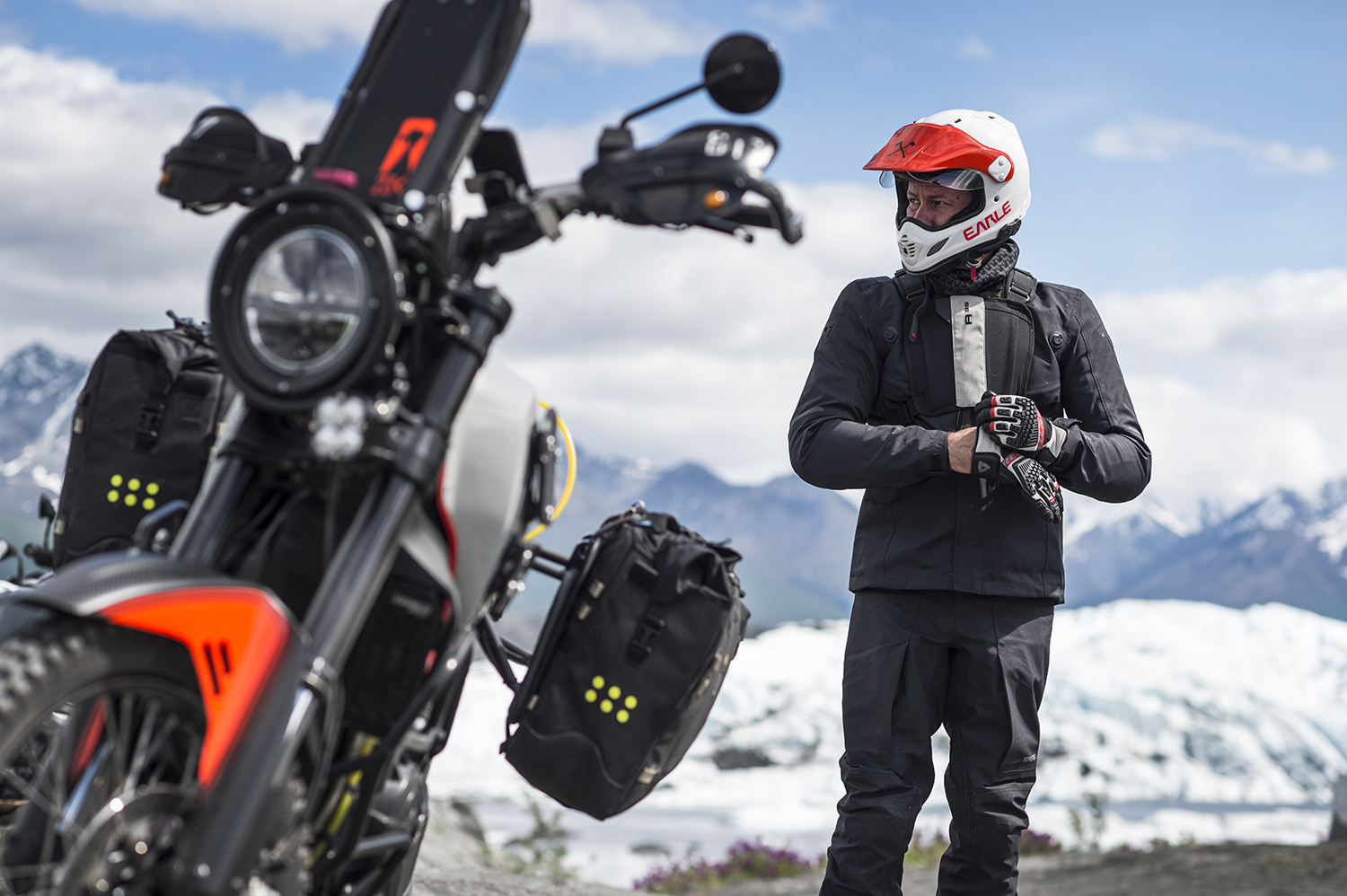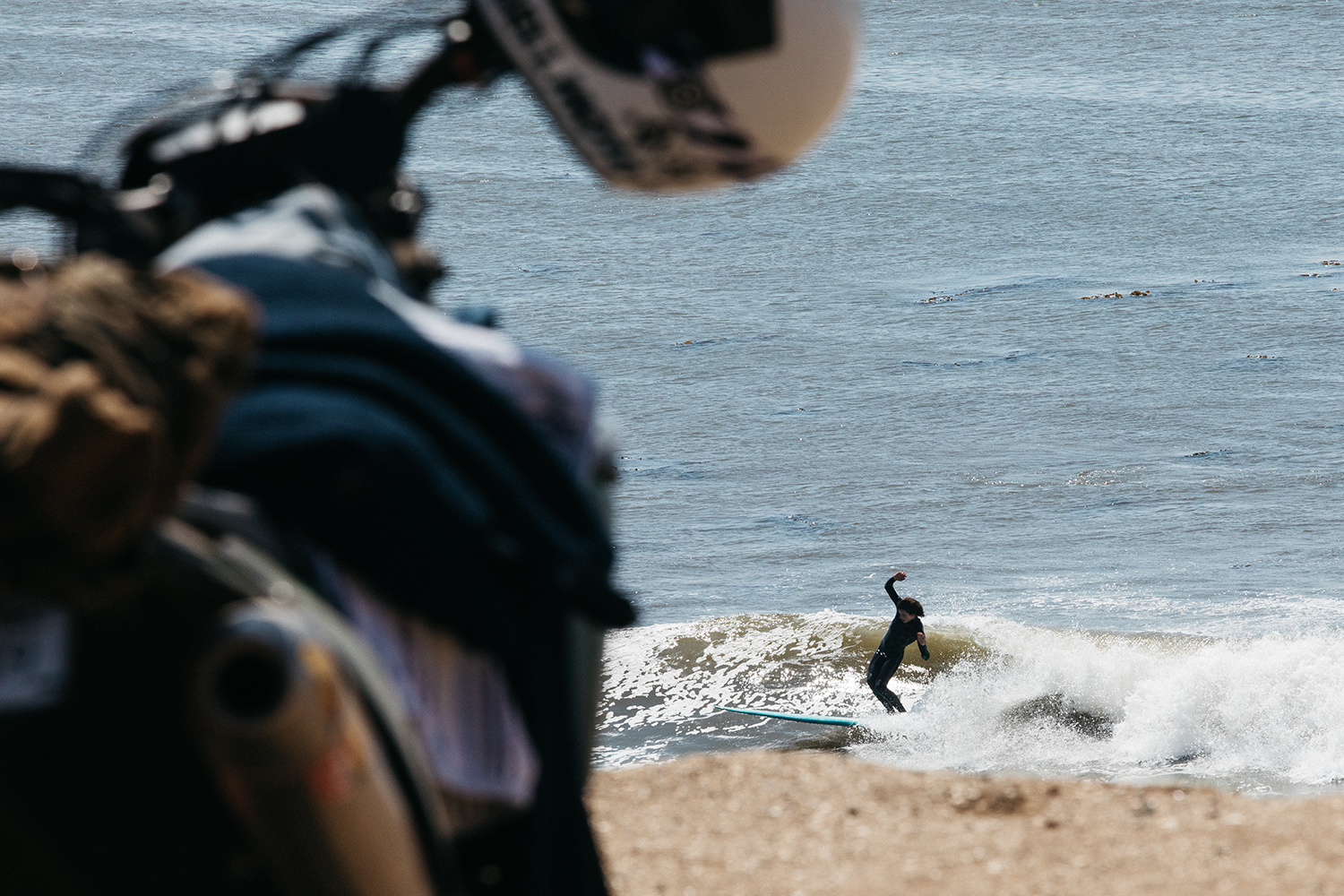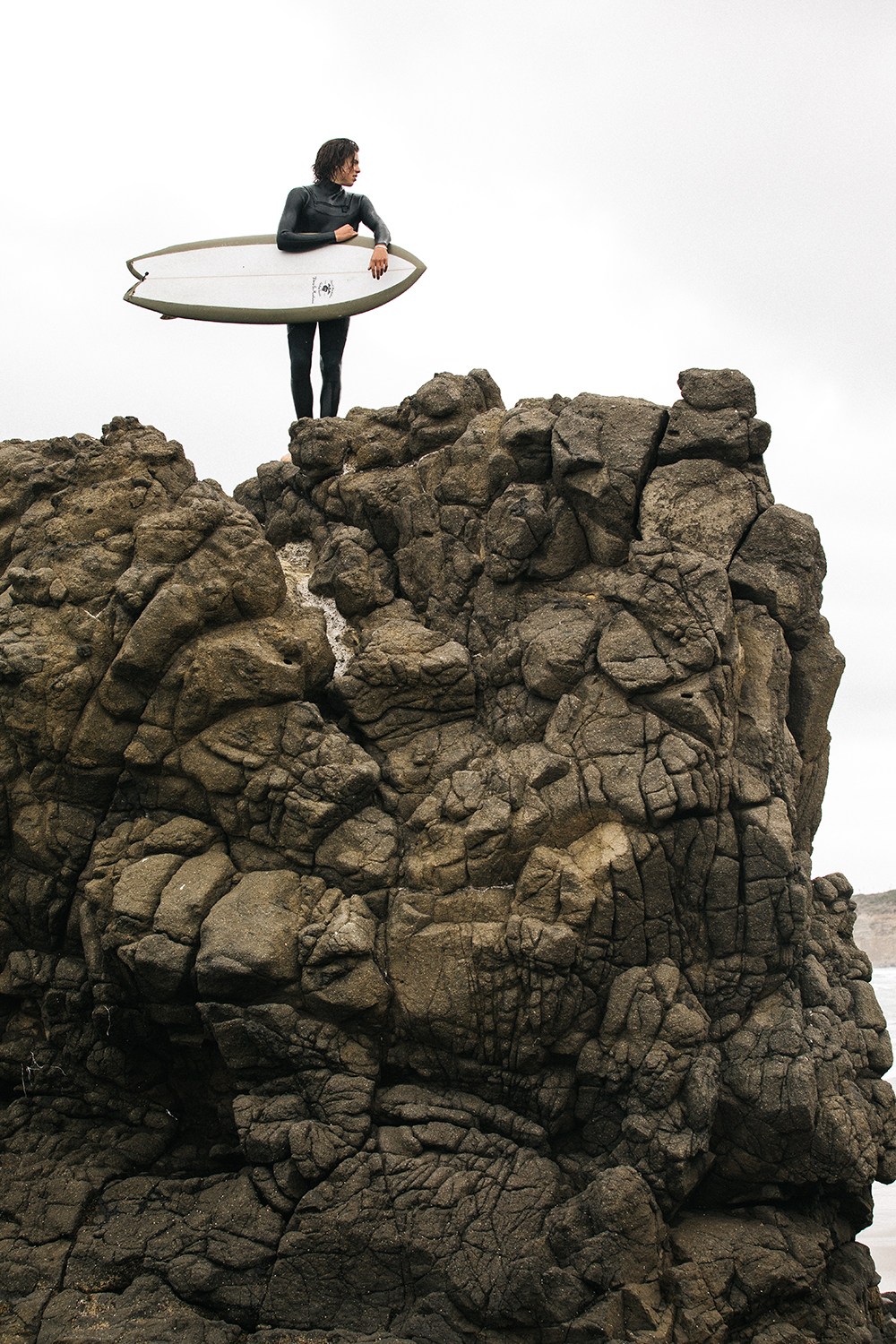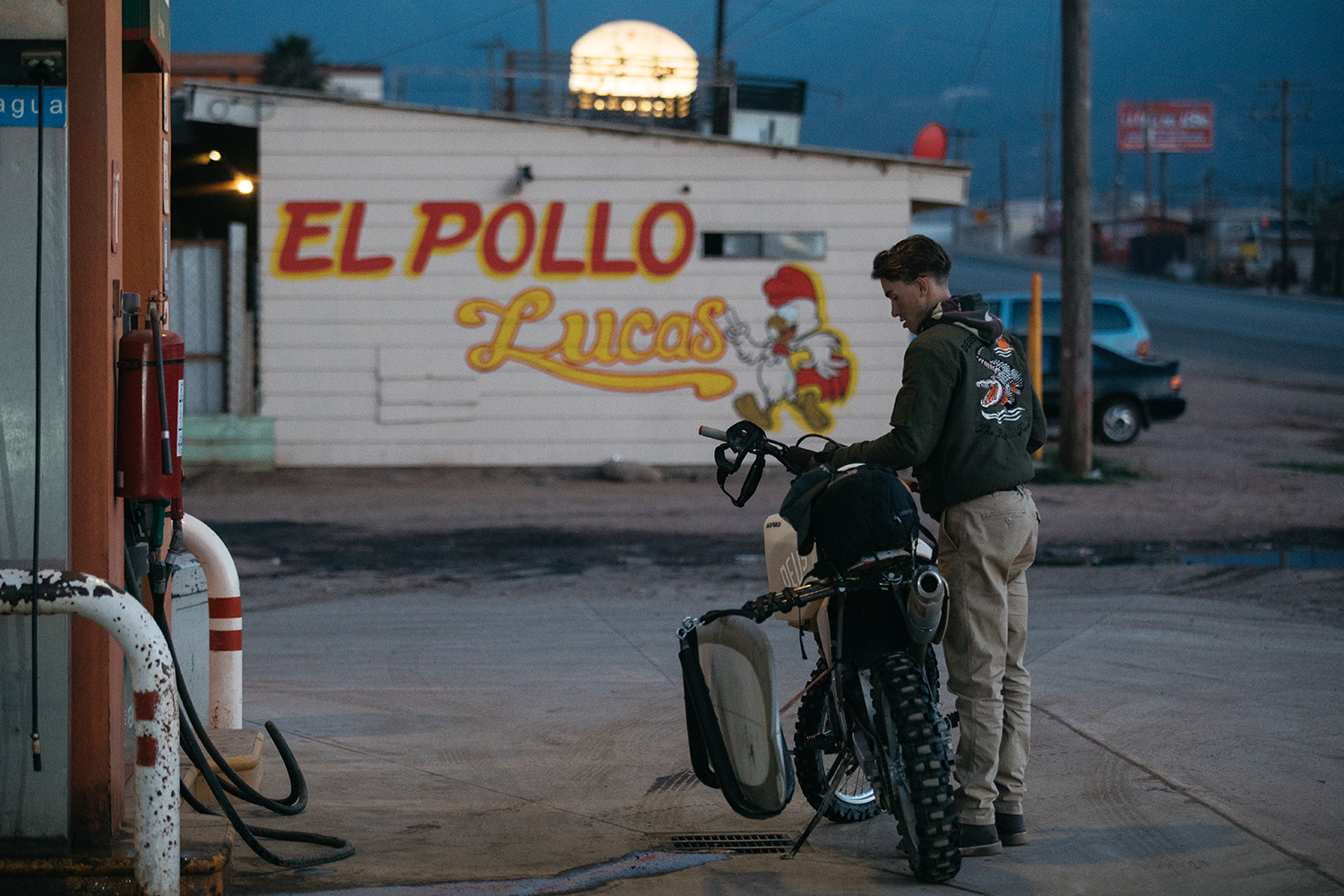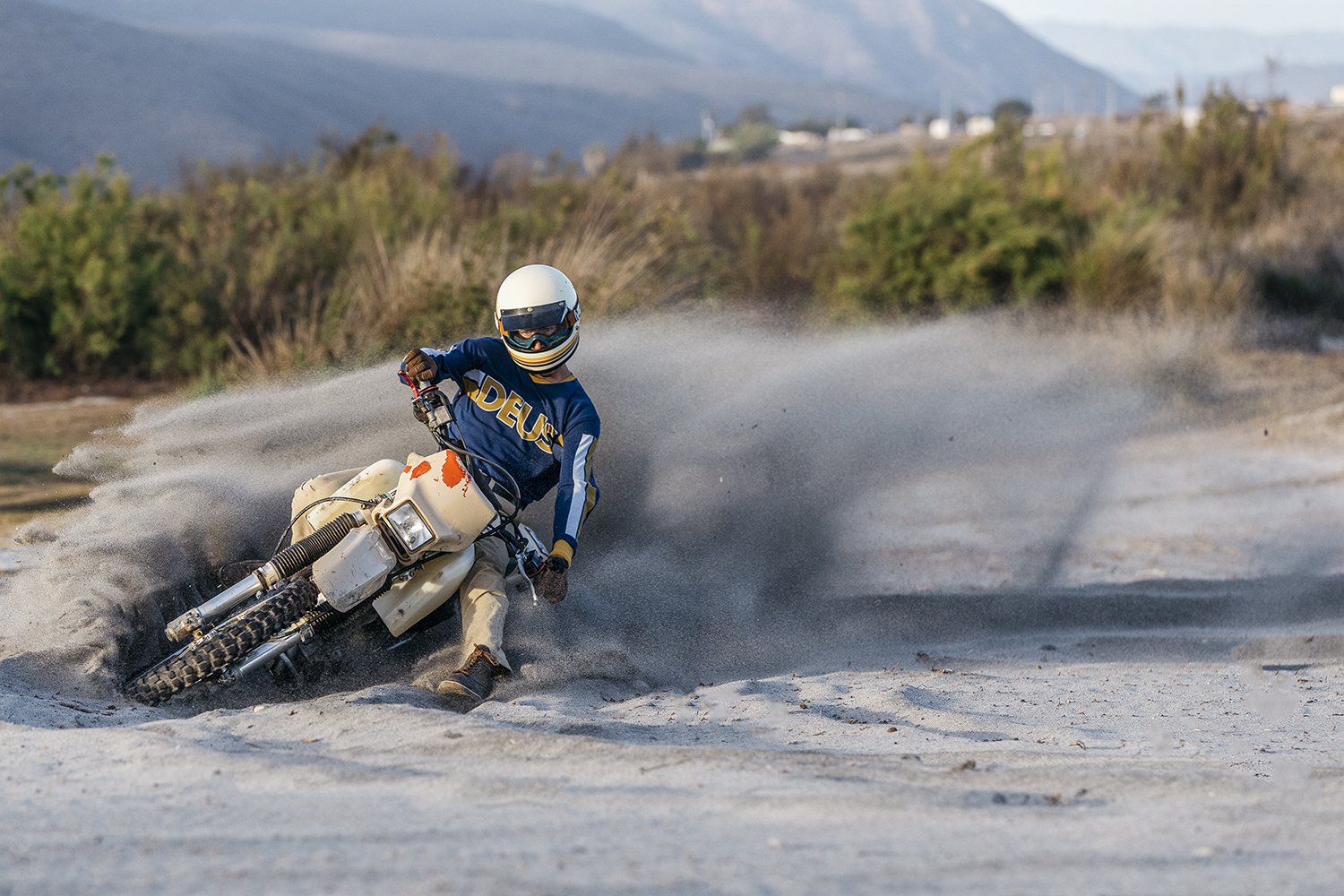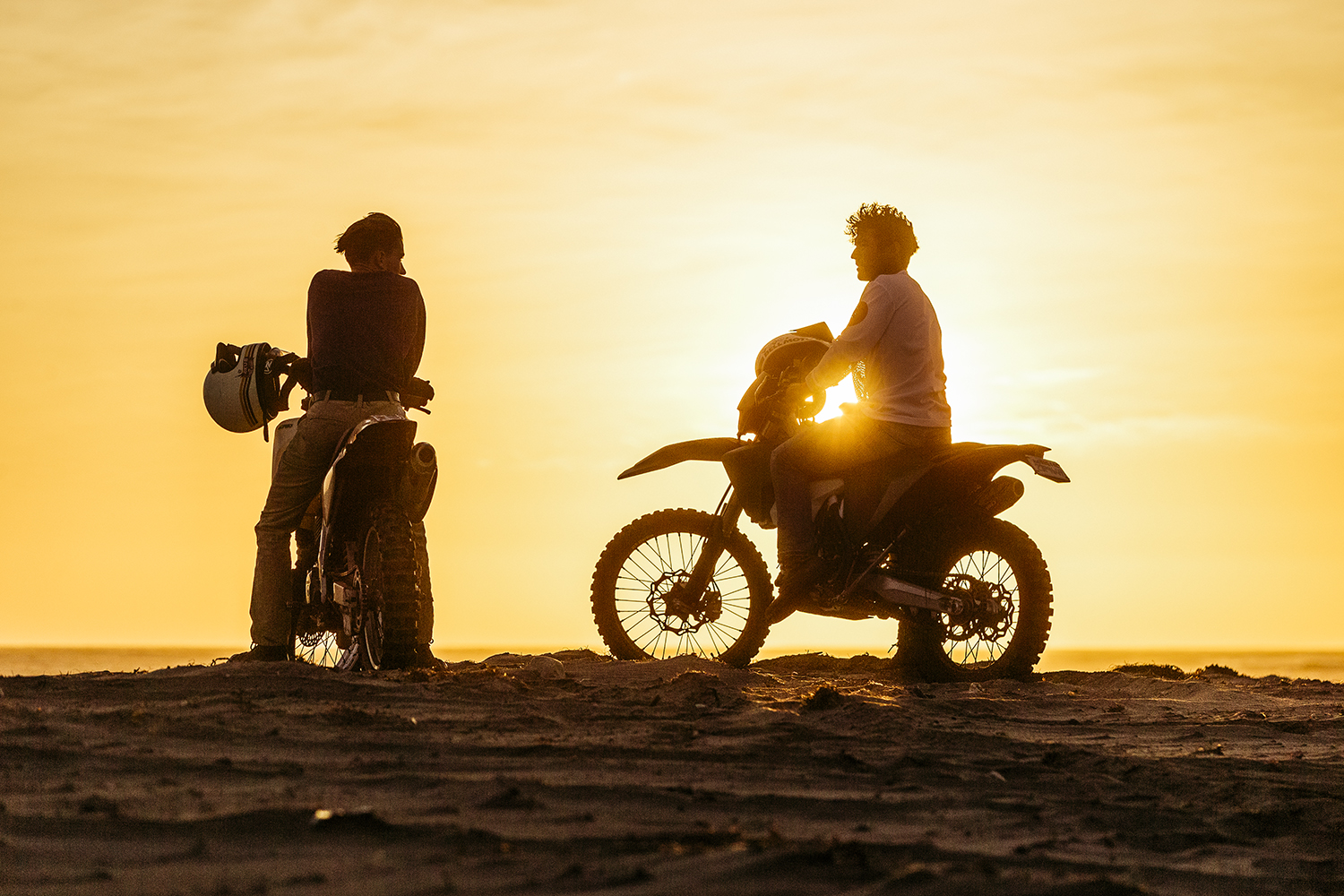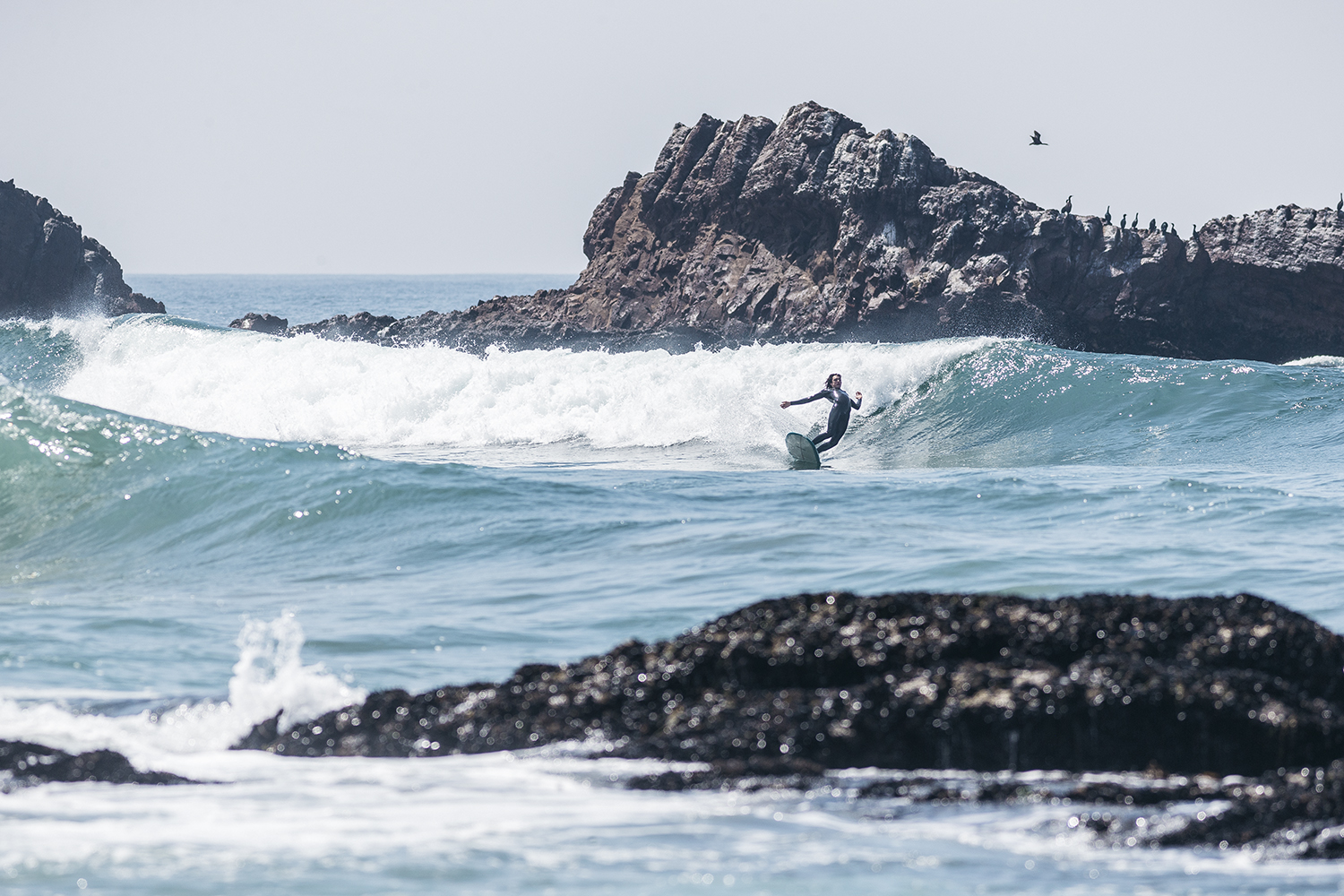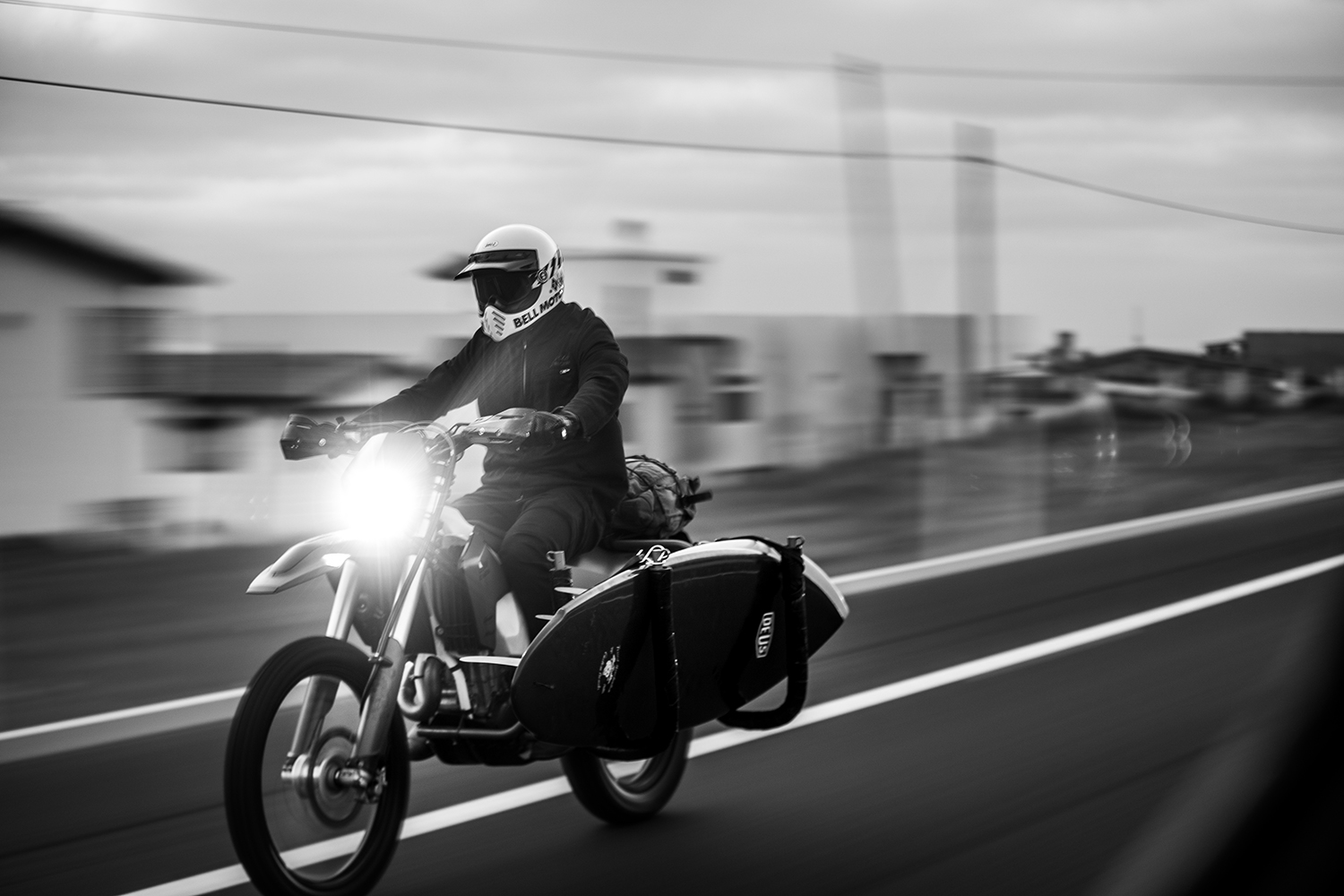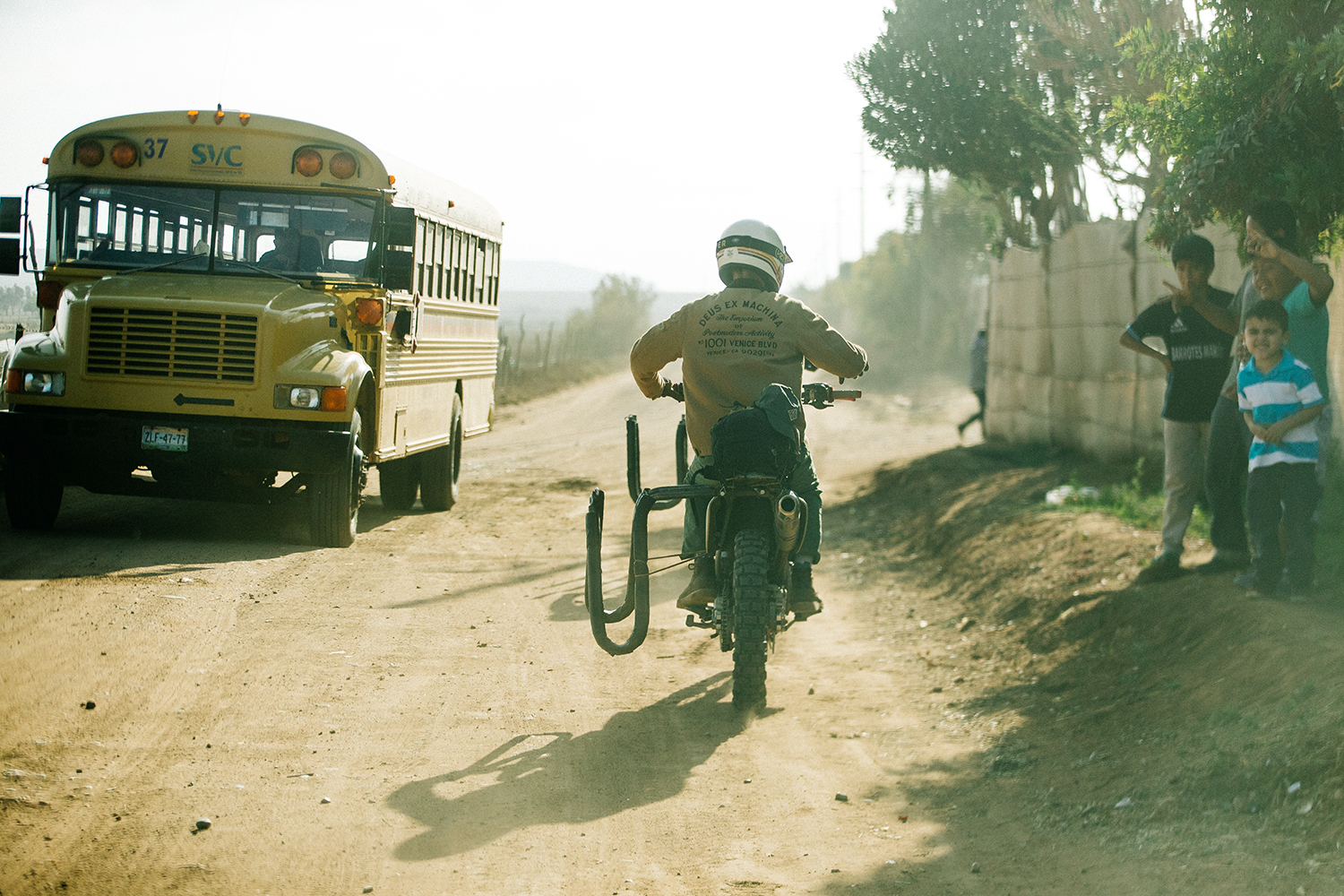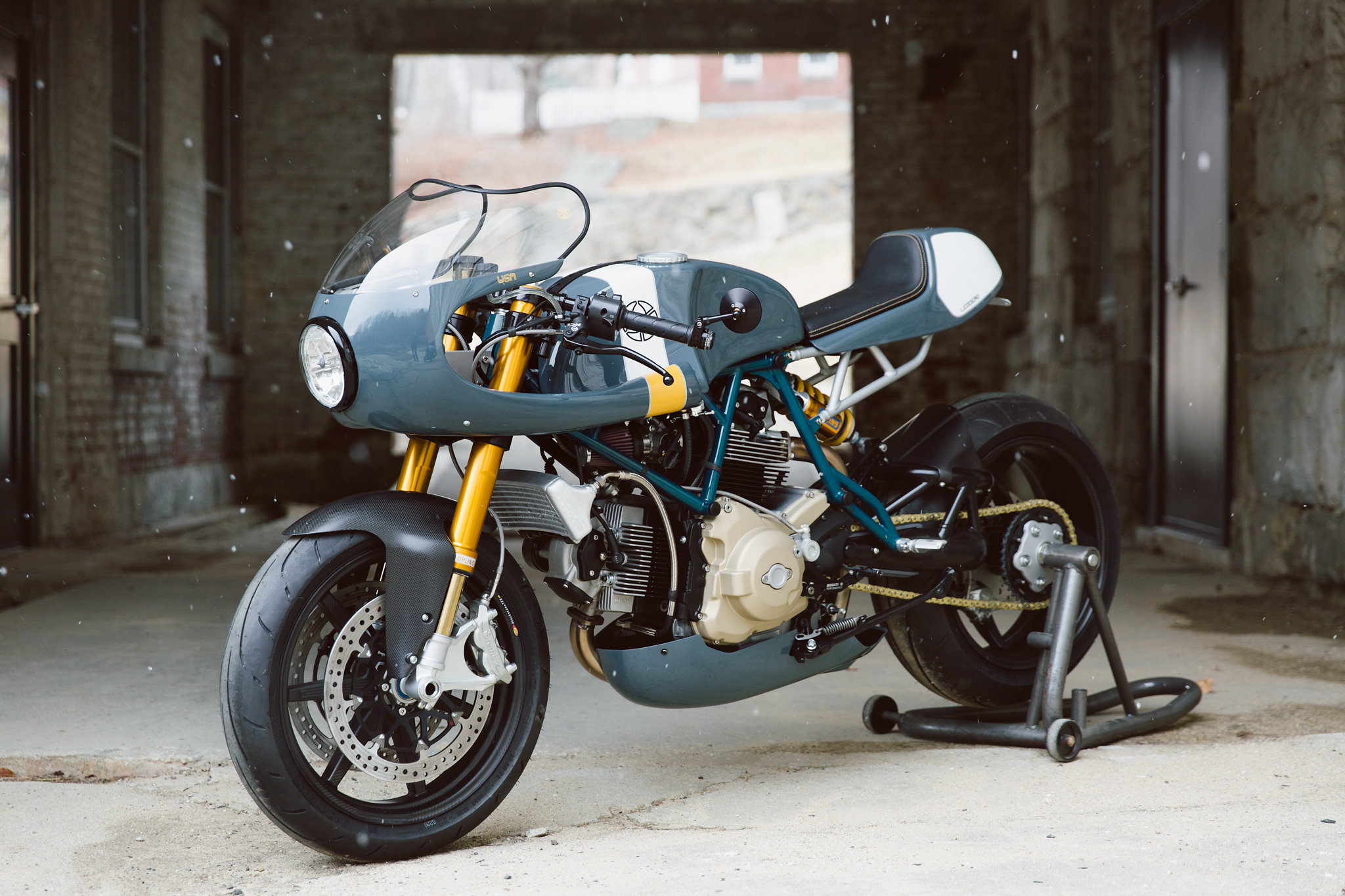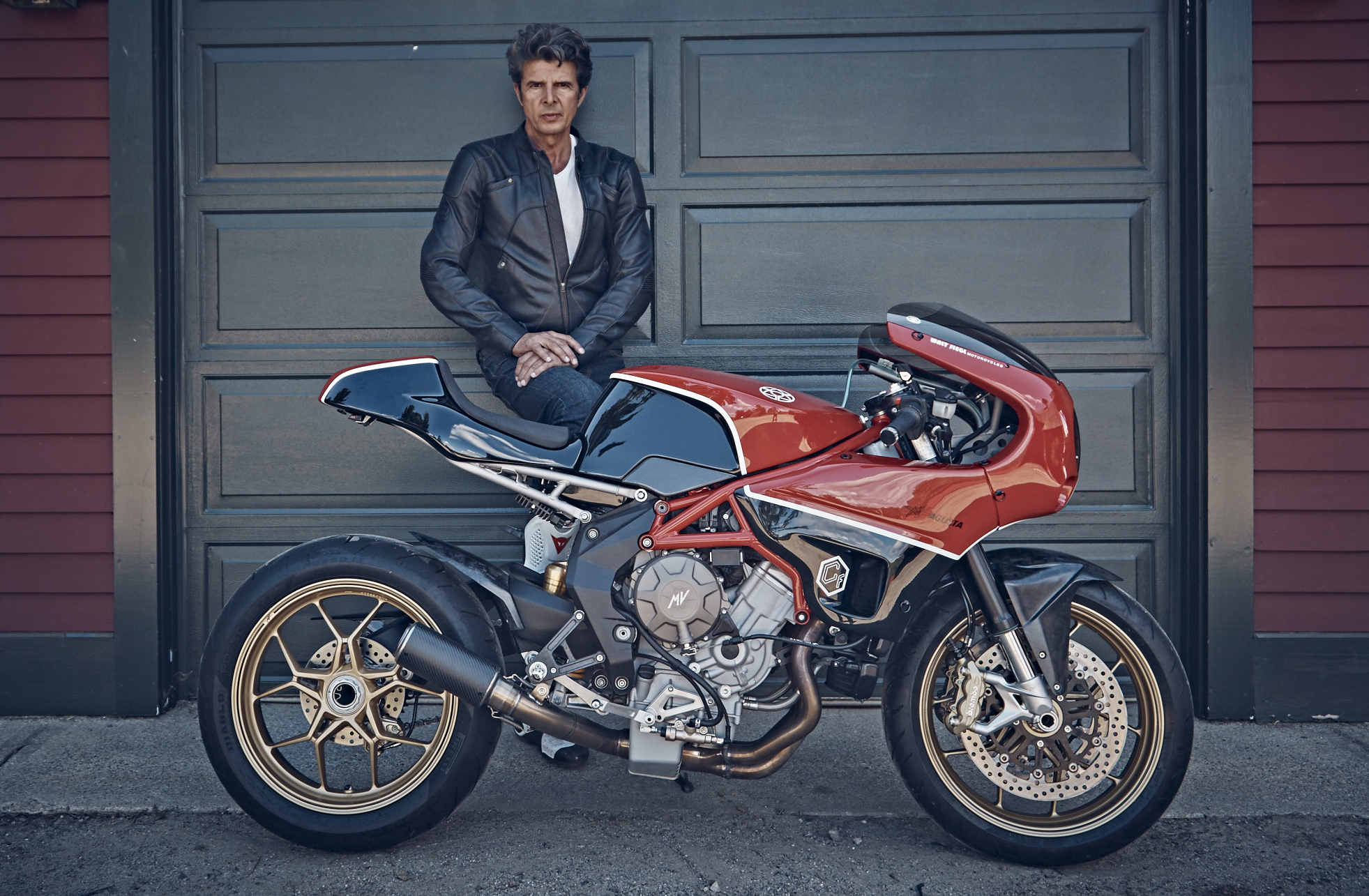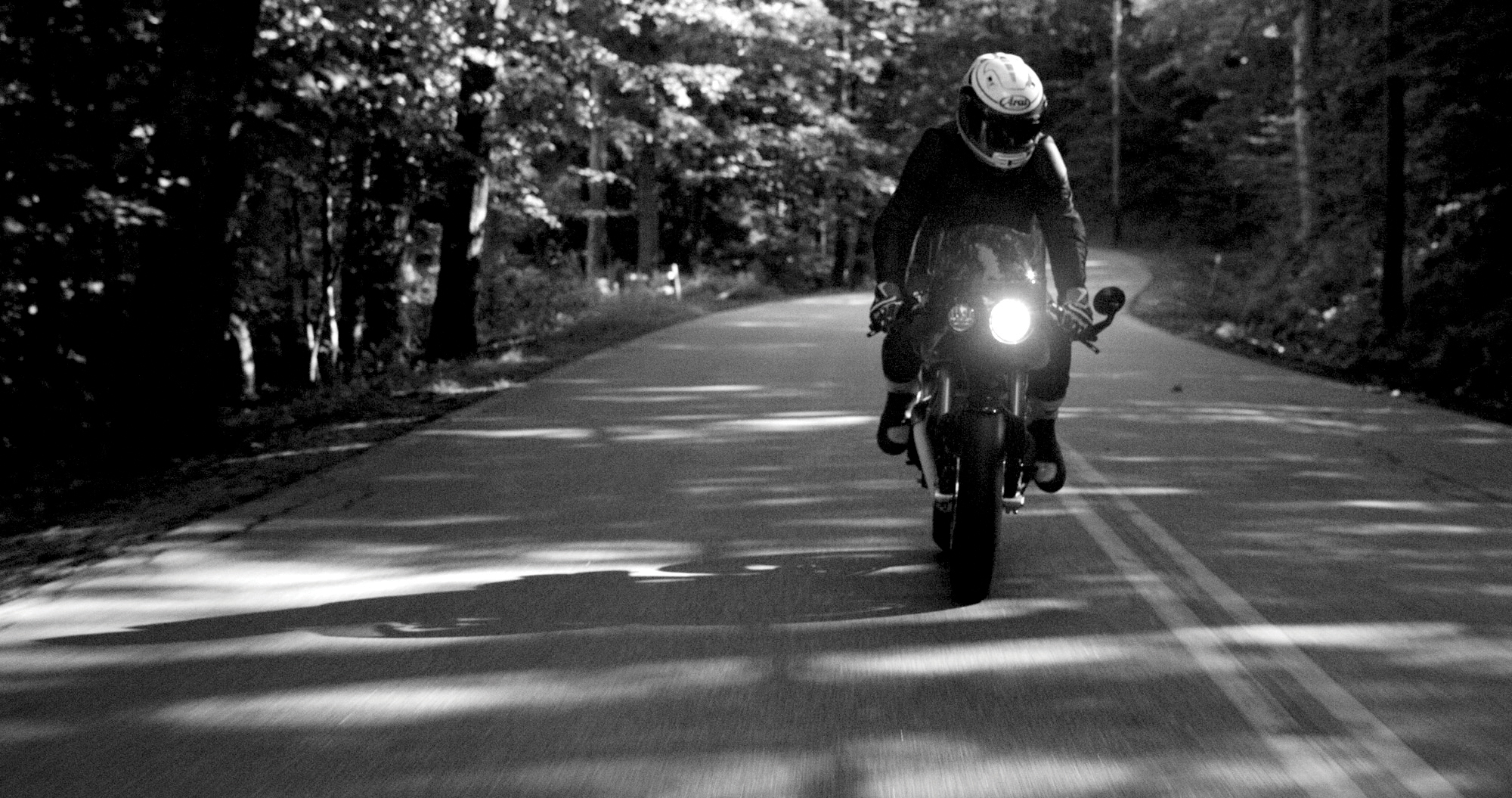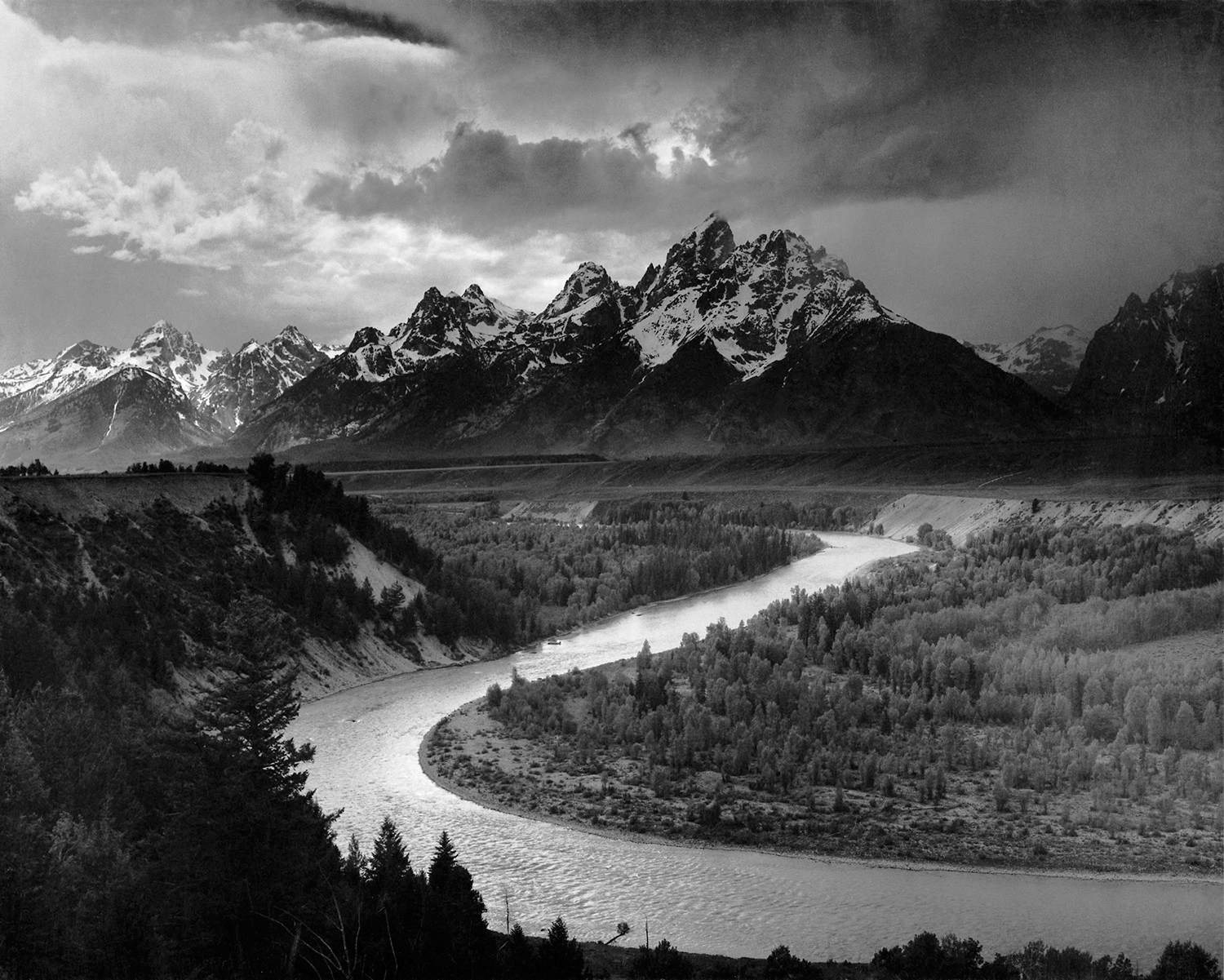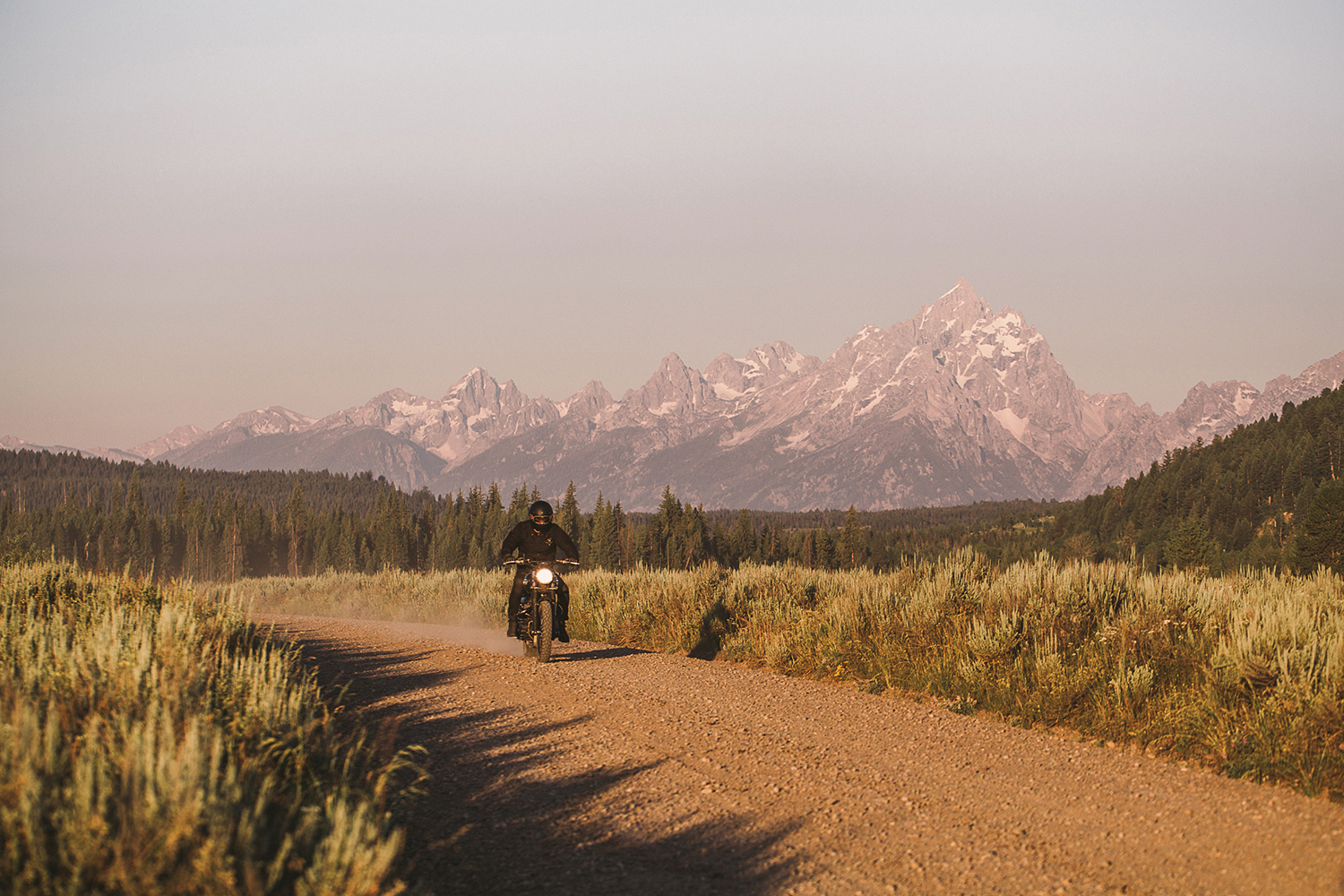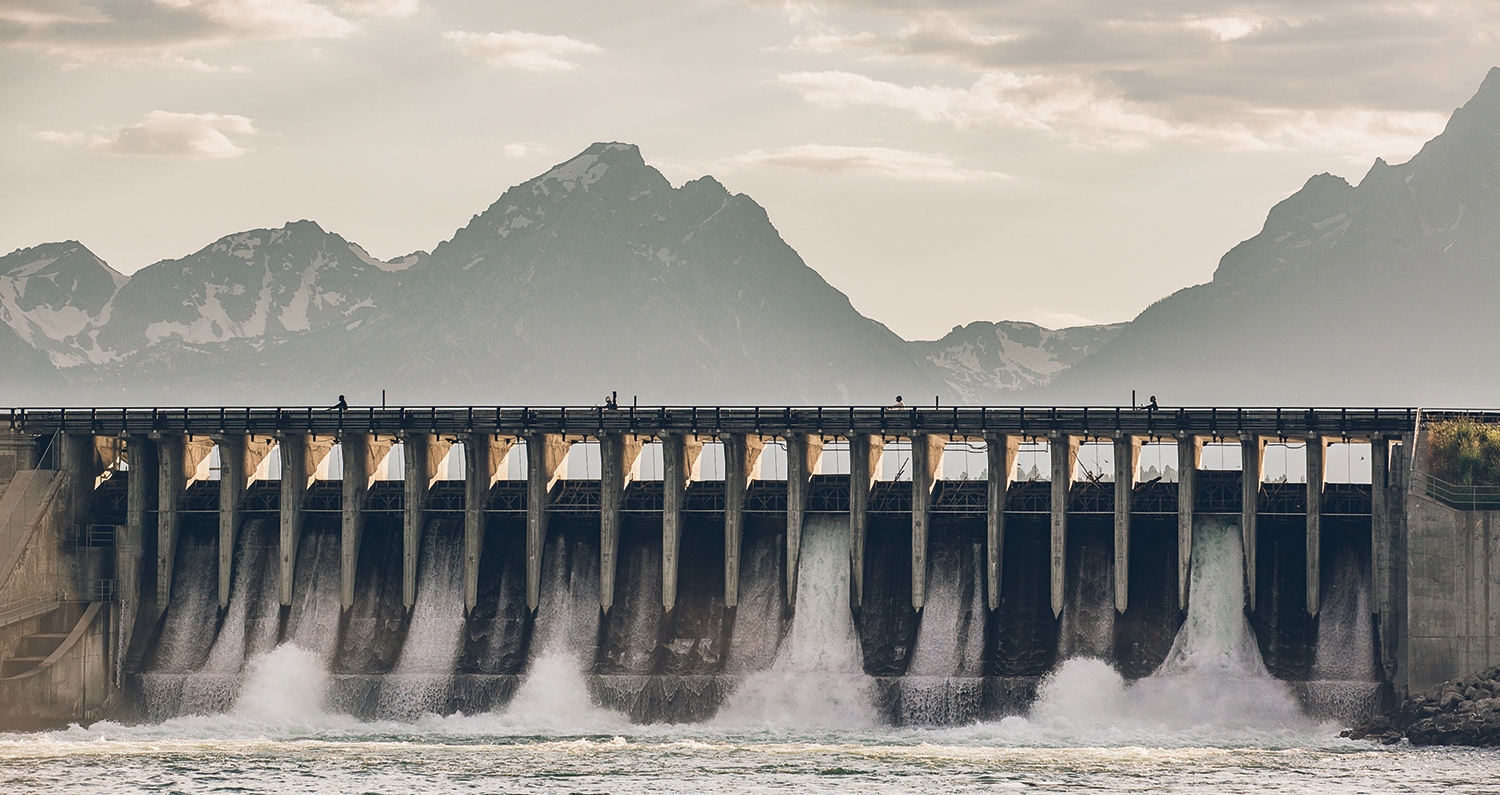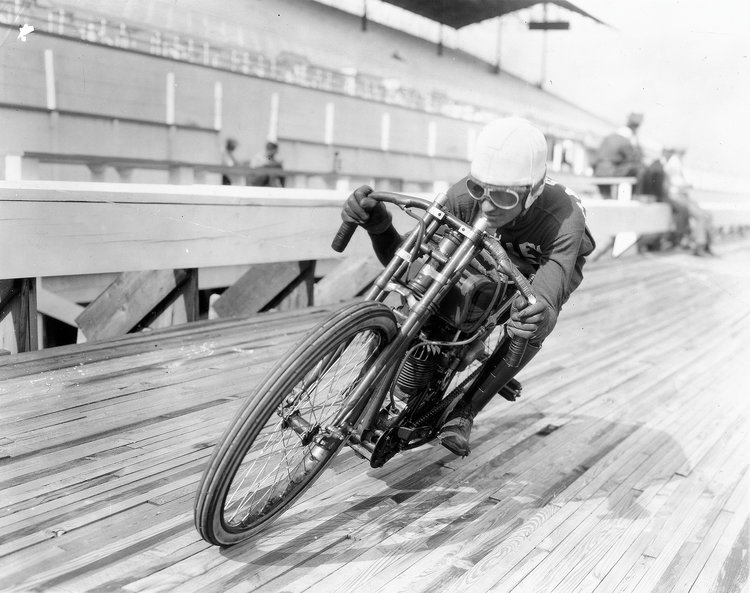The Long, Hard Road of Amateur Motocross
A film by Avery Rost | Excerpt by David Izer from META Volume 001
For this film we wanted to get a glimpse into a different side of the sport. A visual expression of the feeling leading up to a race; the anxiety, the stress, and all of the preparation that goes into it.
It’s easy to appreciate the dreams and ambitions of an amateur motocross racer, but at what cost do they chase those dreams? There’s an unselfish nature within these families as well, sacrificing everything to help a child fulfill his or her dream, and the blood, sweat and tears shed along the way. The emotions of joy and defeat, the highs and lows and everything racing a dirtbike could ever throw at them. Knowing the entire story and not just the results on the track is a powerful realization.
It is presumptuous at best to judge a rider’s character or heart knowing only what happens on the weekends. 100 riders fall short for every one who makes it to the pinnacle of the sport, and success or failure shows no prejudice or leniency either way. The sobering reality is that the same sacrifices and dues are paid regardless of what the final outcome is. The path these kids take is replete with cautionary tales and broken dreams, and we admire their unbending will and determination to stay the course.




